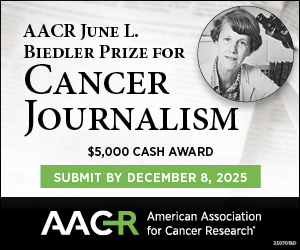Trial-court cases do not make new law, but they can act in much the same way as canaries in mines — as sentinels of problems. That’s why every one who writes for a living should know what libel is, and how to avoid it if possible.
Science writing news
The National Association of Science Writers is pleased to announce our fifth round of Career Grants. Since 2009, over $100,000 has been distributed to help established science writers advance their careers. Apply by the end of the day, April 30, 2015.
In March 2011, High Country News was awarded a $2,500 NASW Idea Grant to fund customized, in-depth training in investigative reporting techniques for its editorial staff. In the summer of 2011, Doug Haddix of Investigative Reporters and Editors spent two days at the magazine’s headquarters in Paonia, Colo., and gave a crash course in investigative story planning and execution. For some HCN writers and editors, it was a useful introduction to investigative reporting; for others, a welcome refresher.
Having two children who were picky eaters sparked John McQuaid’s exploration of the history and nature of our gustatory preferences.
Before trying to repair his sailboat, Jonathan Waldman had given little thought to rust. He soon learned why the Pentagon calls rust “the pervasive menace.”
After more than four years, 2,000 posts, and incredible responses from the scientific community, Adam Marcus and Ivan Oransky announce that their organization has been awarded a $400,000 grant from the MacArthur Foundation to expand the work of Retraction Watch. The goal of the grant — $200,000 per year for two years — is to create a comprehensive and freely available database of retractions, something that doesn’t now exist.
News from Iceland is both cool and hot, as Alexandra Witze discovered while exploring the history and impact of the eruption of the island’s Laki volcano more than 200 years ago.
Tuesday, April 15, is the deadline for filing Form 1040 for calendar year 2014. It can prove expensive to miss the deadline because the law authorizes the Internal Revenue Service to impose a substantial, nondeductible penalty. Generally, the penalty is five percent of the balance due (the amount that remains unpaid after subtractions for taxes previously paid through withholdings from wages and quarterly payments of estimated taxes). The IRS charges five percent for each month, or portion of a month, that a 1040 is late.


